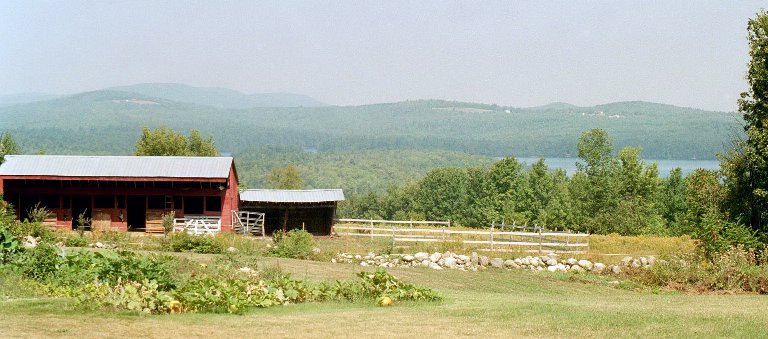Robbinston

has as its eastern border is the scenic St. Croix River and Passamaquoddy Bay. The main village is on U.S. Route 1 along the shore, where most of its population is located. Most of the western portion is undeveloped, with unimproved roads and several lakes and ponds.




















